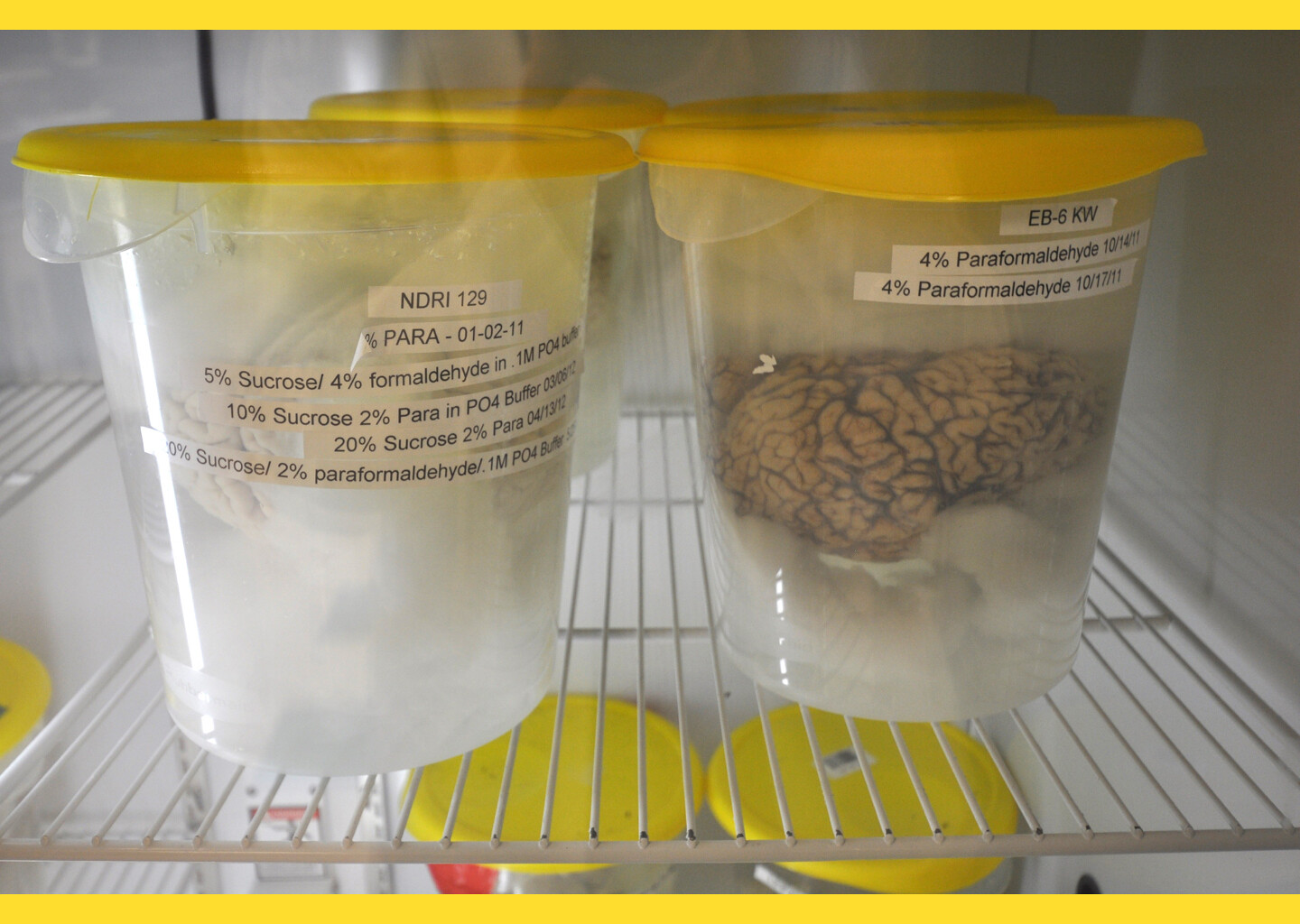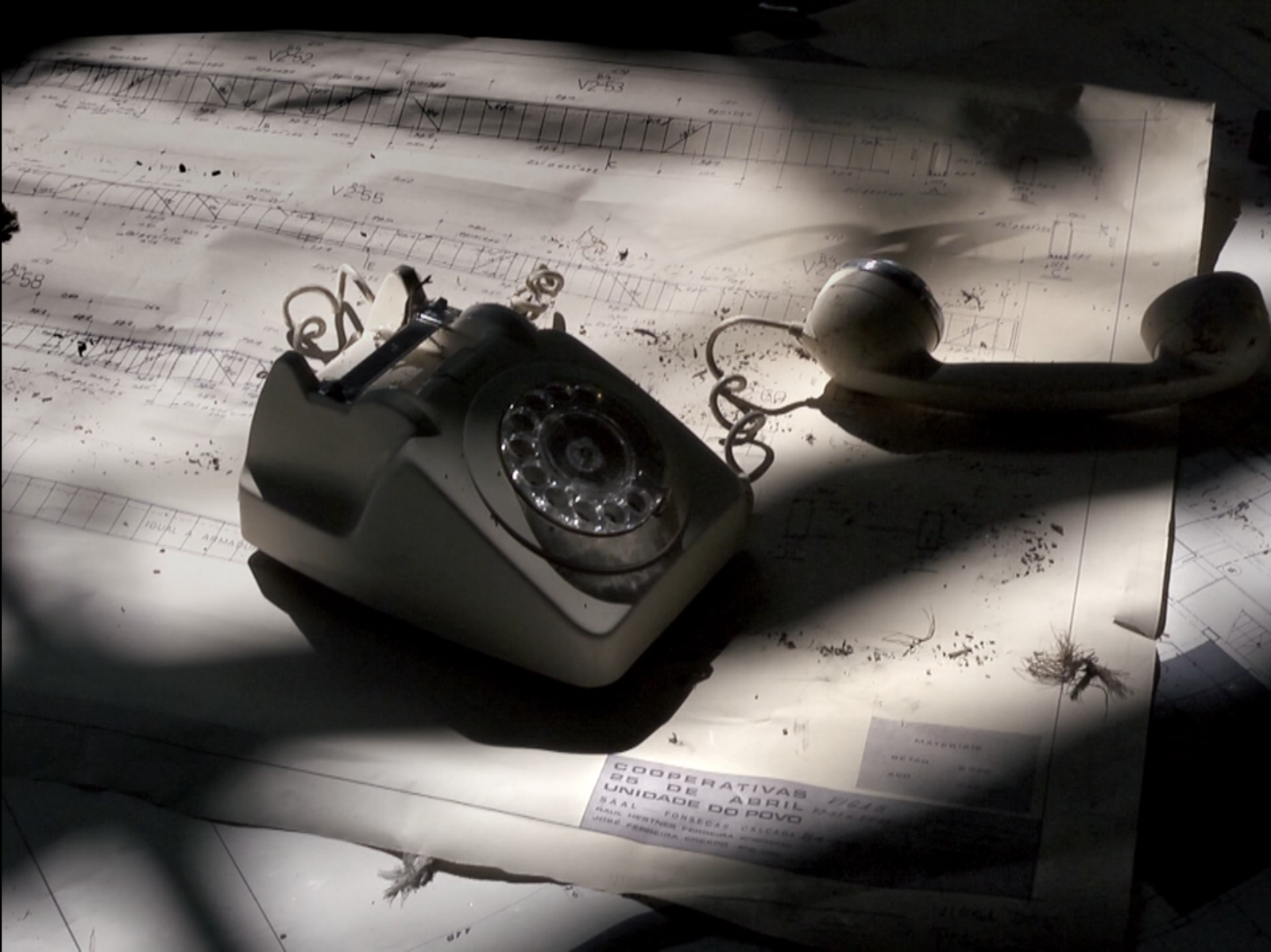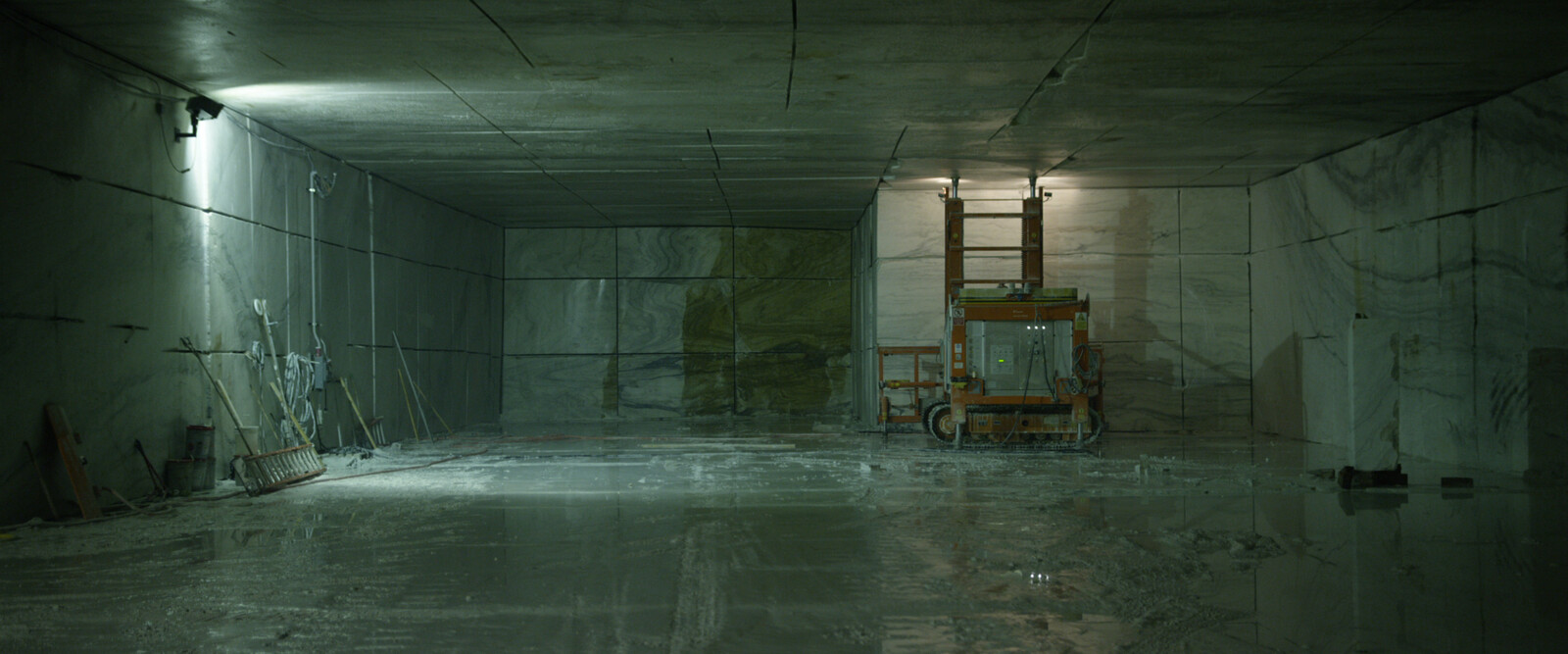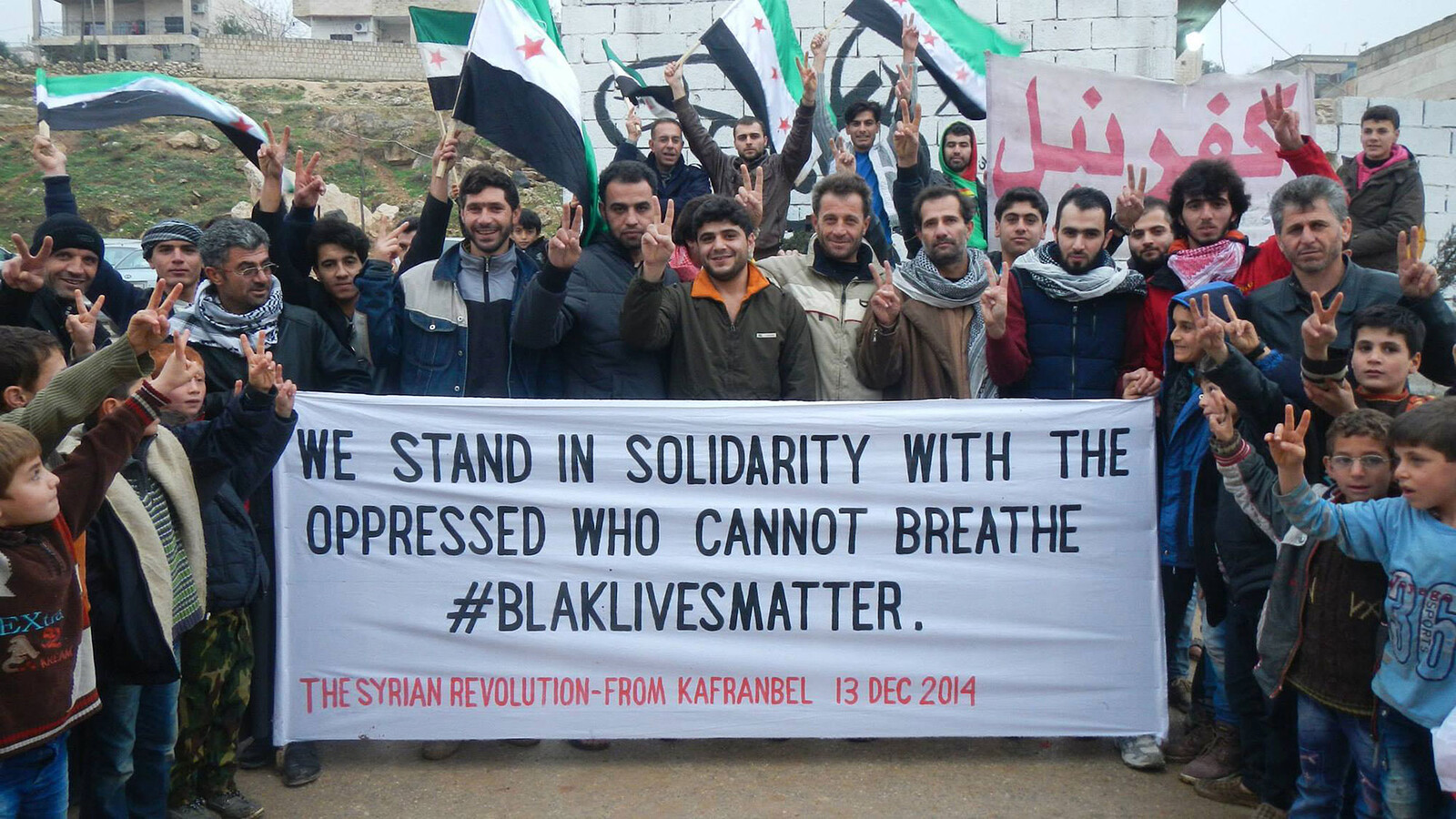One morning, while a man busied himself opening his shop, Design and Accident entered into a conversation.
Design proclaimed: “I have created humans; humans differ from others because of me; I shape their minds and lives. Their families, friends, gods, religions, organizations, communities and nations are me; their homes, schools, factories, temples, cities and graveyards are nothing but me; there is no human universe without me; I am what they eat, wear and think; I create sense in them; their souls and bodies are shaped by me; they imagine their past and future through me; I create order; I create ethics; I create beauty; I create emotions; there is no life without me; I am life.”
Accident enquired: “Are you the one?”
“Yes, I am that one… But I am not just ‘one.’ I am different for different humans. I take different forms and therefore am formless; I create unending pasts, presents and futures and hence am endless; I can create joy for some and grief for others at the same time and hence am characterless; I am many.”
“If you have created humans, who created you?”
“I have created myself.”
“How?”
“Do you see that shopkeeper who is opening that small shop on the wall? Some years ago, his uncle had made a shop like that after renting a part of a wall. The uncle had embedded the shop a foot inside the wall and also extended it a foot outside on the street. He sold his homemade soaps from this shop. There were many such one-foot shops in the city. The uncle had seen these shops and had decided to build one for himself. The nephew has recently made this one-foot shop after seeing his uncle’s shop. He sells assorted perfumes in this shop. I manifested myself in the uncle’s shop after the uncle learnt from other shops and then again in the nephew’s. The nephew had learnt to make the shop from his uncle. I continuously create myself through humans.”
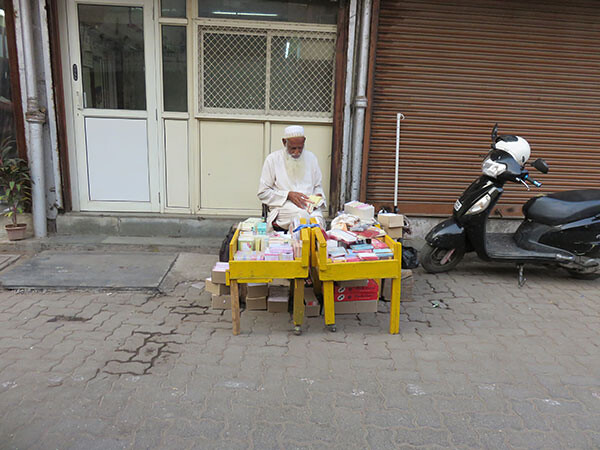

A box vendor selling small plastic objects at Bhindi Bazaar, Mumbai
“But who is the first one to make the one-foot shop? The first one who made you?”
“The uncle’s shop is right next to the nephew’s shop. Do you see it? Isn’t the nephew’s shop very different from the uncle’s? Do you see the doors of the uncle’s shop? They open in a peculiar way; the two shutters do not open sideways, but flap upwards and downwards. The shutter that flaps upwards creates shade and the one that flaps downwards creates a seat for the uncle. The uncle has extended his shop one more foot onto the street through his shutters. Now look at the doors of the nephew’s shop. The shutters are thick and open sideways. Within their thickness they hide another set of shutters that open in all directions making the shop look very large and capable of swallowing the world. These shutters have multiplied space for the shop. Within the secret warmth of these tiny spaces created by the shutters, exquisite perfumes are kept. Every human who has made a one-foot shop, learning from other shops, has made her own small change. His shop will become a reference for someone else, who will make yet another small change. After some time, there may be no reminiscence of the one-foot shop and something else would emerge in its place. So there is no one human who is the first one to make me. There is no first human who thought of a one-foot shop or a museum, or a hospital, or a school. These have been created slowly over time and constantly change. I remain in a constant state of becoming. Humans are instruments, who manifest me. But who are you?”
“I am born when two of your manifestations collide. Do you see that man carrying a large box? That box opens into a perfume shop too. This man is a street vendor and creates his shop wherever he stands and opens the box. Look he is walking on the street where the uncle and nephew have their shops. He is looking for a place to set up. If he sets up close to the nephew’s perfume shop, then I will be born. The box-vendor’s design will collide with the design of the one-foot shop. Many things can happen then. The box vendor may attract the customers from the one-foot shop and annoy the one-foot shopkeeper. The shopkeeper may then call the police or the municipality to drive away the box-vendor. Or, the box-vendor may attract casual walkers and get them interested in perfumes, and they may then visit the one-foot shop for more options. The box-vendor and the one-foot shopkeeper would then become friends and may collaborate. The shopkeeper might then offer the box-vendor storage space for the perfume box in one of the shutters. Or the box-vendor and the one-foot shopkeeper may not affect each other at all and may remain oblivious of each other’s presence. Then again, the box-vendor may attract other perfume vendors and the street could turn into a perfume street. Anything can happen here. I am the moment of encounter between two Designs. I am not deliberate and deterministic like you. I am unpredictable. In many ways, I am your other. I also produce life.”


A one-foot copper & brass shop at Kalbadevi, Mumbai
“How can you produce life? You are just a consequence of me.”
“Do you see that woman’s blue house? It was built over many years. Five years ago, the municipality had demolished the house with many others in the neighborhood as they were unauthorized. The day after the demolition, this woman and some of her relatives salvaged some corrugated tin sheets and wood and erected a tiny shed with tin walls and tin roofs. The woman works as a maid in a few houses. She managed to get money from some of her employers. She got a local mason and replaced the four tin walls with brick walls. Later that year, when she got some more money from her chit-fund savings, she built a floor above. But this had to be done very quickly and only on the second or the fourth weekend of the month, as those are holidays for municipal workers and no one comes to monitor construction. So the top floor was built out of tin sheets as it was very quick to assemble. Some bribe was nevertheless paid to the local police.
Three years ago, another demolition took place nearby. Many shops were broken down. But this demolition was by a developer who had bought the shops and was demolishing them to build a new building. A lot of old furniture was removed from the site. Numerous trash dealers were called to pick up the furniture. When the woman came to hear about this, she rushed to the spot and negotiated a deal with the contractor to get three old showcases from a jeweler’s shop. The showcases were brought to her house, and she got a carpenter to modify them to fit them in her house and to make some storage space. The three disparate showcases now melded together beautifully like patchwork on a quilt. The carpenter made many shelves and small storage units within them. From the remaining wood, he made a beautiful tiny table with a glass top. Last year, the woman’s brother decided to discard his steel cupboard. She immediately brought the cupboard home, but realized that there was no space to keep it. So she got the carpenter to remove some old shelves from one of the walls and make space for the cupboard. The incremental process through which the house was put together followed a bizarre logic, made up of strange negotiations and unpredictable accesses to resources. This logic, my logic, is different from your logic, which is deliberate and deterministic. You don’t produce or shape life here; I do. You actually don’t produce or shape life anywhere. I set the tone for you to happen everywhere.”
“That is not true; I set the tone for myself. You are just a residue that will wither away. I am the one who creates life. Life happens through my perpetual manifestations. I create desires. Without me, humans would not even know that they are alive.”
“You cannot exist without me. I create you by constantly challenging humans. Life happens through me. You are superficial and don’t make much difference to humanity. Without me, there is no evolution, no necessity, no need, no desire and no you.”
For eight days, Design and Accident continued their dispute over each other’s primacy. Their arguments became intense and aggressive, reaching a point where nothing could be heard anymore. Their conversation had turned into deafening noise. They had both started speaking over each other. By the ninth day, they both said the same thing and sounded like each other’s echoes. Soon their voices became one, resonating like the beats of a drum. They kept repeating: “I create life… I create life… I create life…”
Meanwhile, the box-vendor had consolidated his shop on the street in front of the one-foot shop. He seemed to be attracting a lot of customers and doing quite well. Though the box-vendor had no substantial effect on the one-foot shop, it’s keeper did not particularly appreciate the situation; he was not happy with another perfume seller establishing himself so quickly.
Suddenly, while Design and Accident were continuing their arguments, a fight broke out on the street. The woman from the blue house started shouting at the box-vendor. She had bought a bottle of perfume from the box-vendor just a few days ago, but the scent from the perfume had already disappeared. The woman accused the box-vendor of cheating her by selling only water in place of perfume. She asked the box-vendor to return her money. The box-vendor on the other hand counter-accused the woman of finishing off the perfume in the bottle and filling it up with water. The quarrel became noisy and several people gathered around. Design and Accident also became inquisitive about the matter. The one-foot shopkeeper saw an opportunity in the situation and soon dived into the quarrel. He took the woman’s side and started yelling. He made allegations that the box-vendor sold only water in place of perfume. More people from the street joined the shopkeeper and soon the situation became precarious. A few rogues started pushing the box-vendor and throwing his bottles around. He was about to be beaten up when a group of four men led by a large old man intervened. These men pushed the rogues away and took the box-vendor to safety. The one-foot shopkeeper and the old woman continued to yell, and felt a sense of achievement. They knew that they had been successful in evicting the box-vendor from the street.
Accident: “This is puzzling. Why did the people gather?”
Design: “It is because of the spectacle of a street brawl and an inquisitiveness to see how it unfolds.”
“How does it matter to them? Were they really interested in the scent-less perfumes or desired to see the box-vendor beaten up? Where did the inquisitiveness and desire come from?”


A box vendor selling jewellery at Mohamad Ali Road, Mumbai.
“I had nurtured their inquisitiveness and desire.”
“Why did some men roughen up the box-vendor and others save him?”
“They were both expressing their masculinity. I had nurtured that too.”
“But I produced the moment of quarrel for the inquisitiveness and the desires.”
“So life gets produced through both of us; one nurtures and the other produces the moments to manifest.”
“Yes, but why was the old woman happy with the eviction of the box-vendor. She has herself suffered evictions. How did you nurture this desire for someone else’s eviction? Where did that come from? Where did that desire come from in the one-foot shopkeeper? He wasn’t particularly affected by the box-vendor.”
“I am not sure anymore. And what about the street? You produced the moment of discord, but the street seemed to take over as if it had a life of its own, that breathed for that moment. You did not produce it and I certainly did not.”
“I am not sure anymore either.”
The ninth day passed and on the tenth day, Design and Accident start humming together: “We create life, but we are not sure anymore… We create life, but not sure anymore…”
They then start looking for the box-vendor to see what had happened to him. They find him on another street selling perfume. He had added many legs to his little box which could now perch daintily on the pavement, yet folded away when he left the place. He had painted the insides of his box pink and had made friends with the young girl who sat on the pavement next to him selling flowers. People who came to buy flowers stopped to look at the perfumes in the box and vice versa. As Design and Accident watched the box vendor and hummed their song, Friendship interrupted them, “It’s me, it’s me—I am the one who created human life—I created community, society and public. Without me nothing is possible.” Annoyed with this, Design and Accident yelled back at Friendship and all three entered into an argument.
Superhumanity is a project by e-flux Architecture at the 3rd Istanbul Design Biennial, produced in cooperation with the Istanbul Design Biennial, the National Museum of Modern and Contemporary Art, Korea, the Govett-Brewster Art Gallery, New Zealand, and the Ernst Schering Foundation.
Subject
All photos by Rupali Gupte & Prasad Shetty.
Superhumanity, a project by e-flux Architecture at the 3rd Istanbul Design Biennial, is produced in cooperation with the Istanbul Design Biennial, the National Museum of Modern and Contemporary Art, Korea, the Govett-Brewster Art Gallery, New Zealand, and the Ernst Schering Foundation.























